the reference was to the fact that the vet already left, there’s no going back to do the blocking
Blocking would have given some frame of reference for where to start with xrays. In this case, I wouldn’t have blocked either, as the feet are obvious a problem. But if the feet had looked pretty good, no real outward indication of issues, then blocking from the bottom up, to narrow down where the pain is coming from, would be a good idea. It might have meant you started xraying the knee, for example, not the foot.
The “sticking needles in” for blocking is very different from needles used to inject a joint, there’s no joint invasion with this blocking process.
So in THIS case, I wouldn’t have blocked either, it wouldn’t have been worth it given the outward condition of the feet.


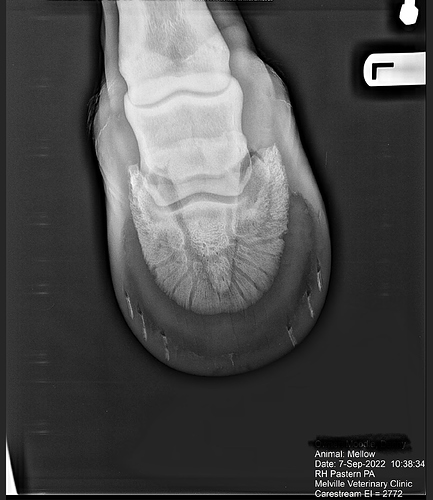
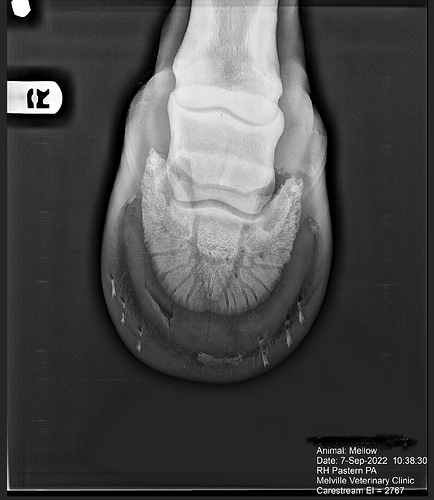
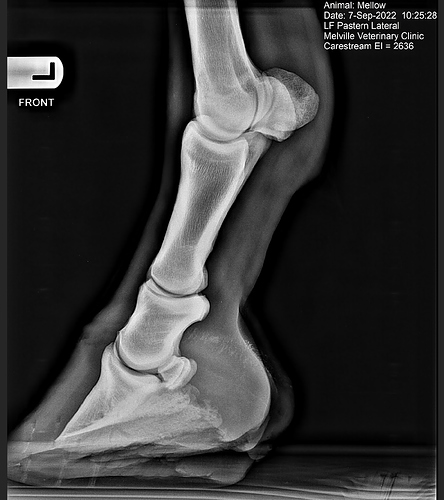
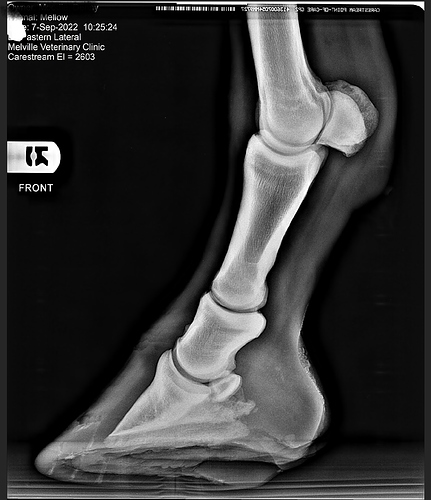
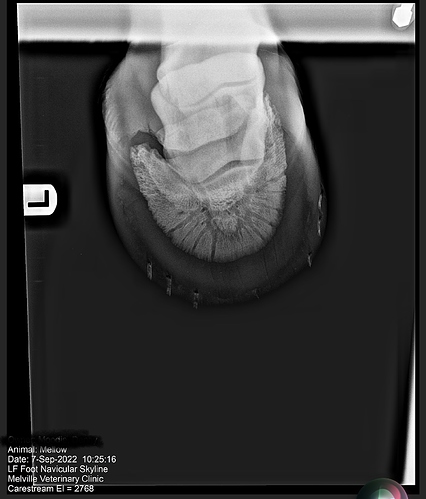
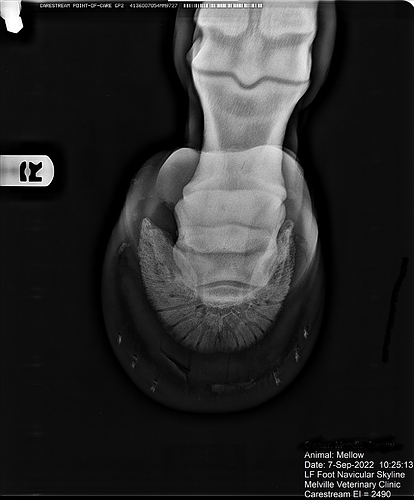
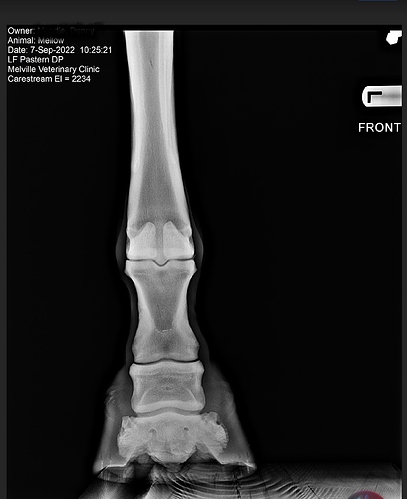
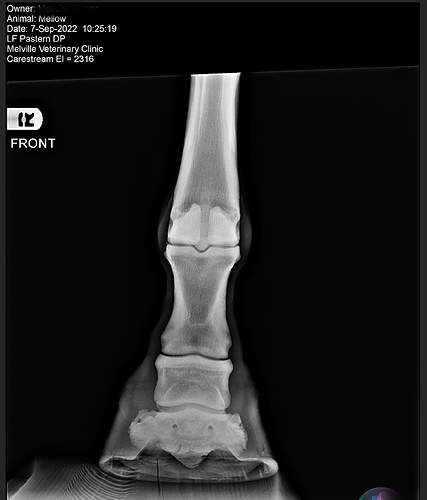

 my next challenge is to wait patiently for him to respond, and not nag the poor guy, but I don’t want him to forget me either.
my next challenge is to wait patiently for him to respond, and not nag the poor guy, but I don’t want him to forget me either.